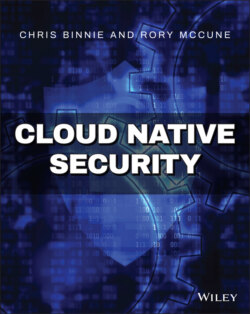Читать книгу Cloud Native Security - Chris Binnie - Страница 16
Common Misconceptions
ОглавлениеIn 2014–15, the clever packaging of system and kernel components by Docker Inc. led to an explosion of interest in Linux containers. As Docker's popularity soared, a common misconception was that containers could be treated in the same way as virtual machines (VMs). As technology evolved, this became partially true, but let us consider what that misconception involved to help illustrate some of the security challenges pertinent to containers.
Along the same lines as most VMs, less-informed users trusted that Customer A had no access to Customer B's resources if each customer ran its own containers. This implicit trust is understandable. Hardware virtualization is used often on Linux systems, implemented with tools like the popular Kernel-based Virtual Machine, or KVM (www.linux-kvm.org), for example. Virtual machines using such technologies can run on the same physical machine and do indeed share significant levels of segregation, improving their security posture significantly. Helpful information is provided in a white paper by a long-standing commercial brand, VMware, that offers a detailed look at how this works.
www.vmware.com/content/dam/digitalmarketing/vmware/en/pdf/whitepaper/techpaper/vmw-white-paper-secrty-vsphr-hyprvsr-uslet-101.pdf
This type of virtualization is not to be confused with paravirtualization, utilized by software such as Xen (xenproject.org), where guest operating systems (OSs) can share hardware on a modified host OS.
